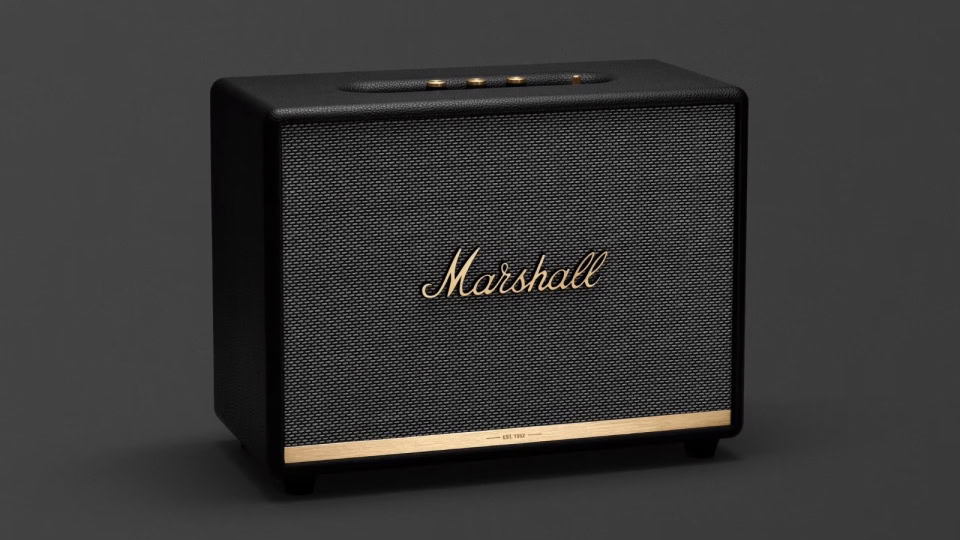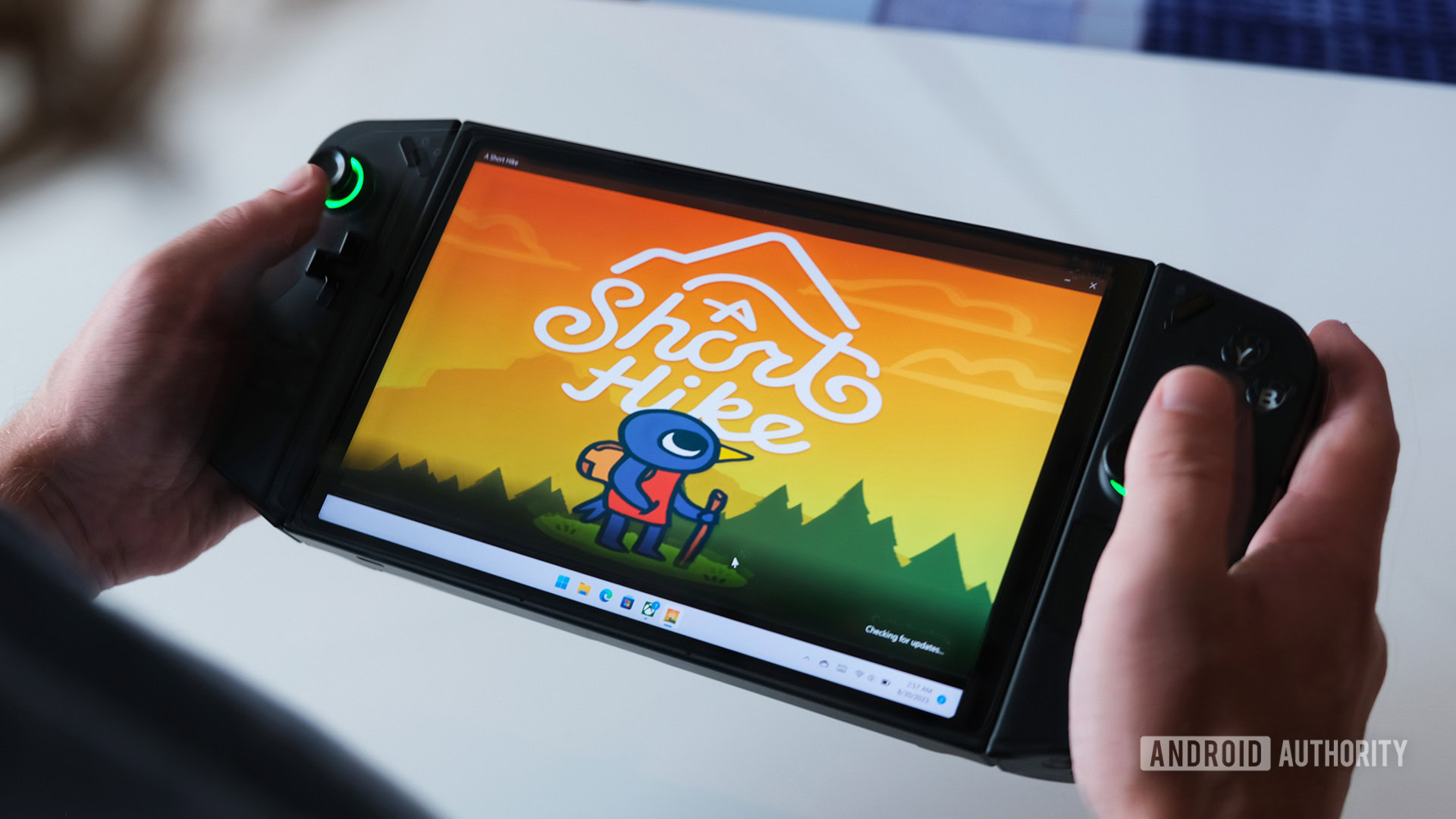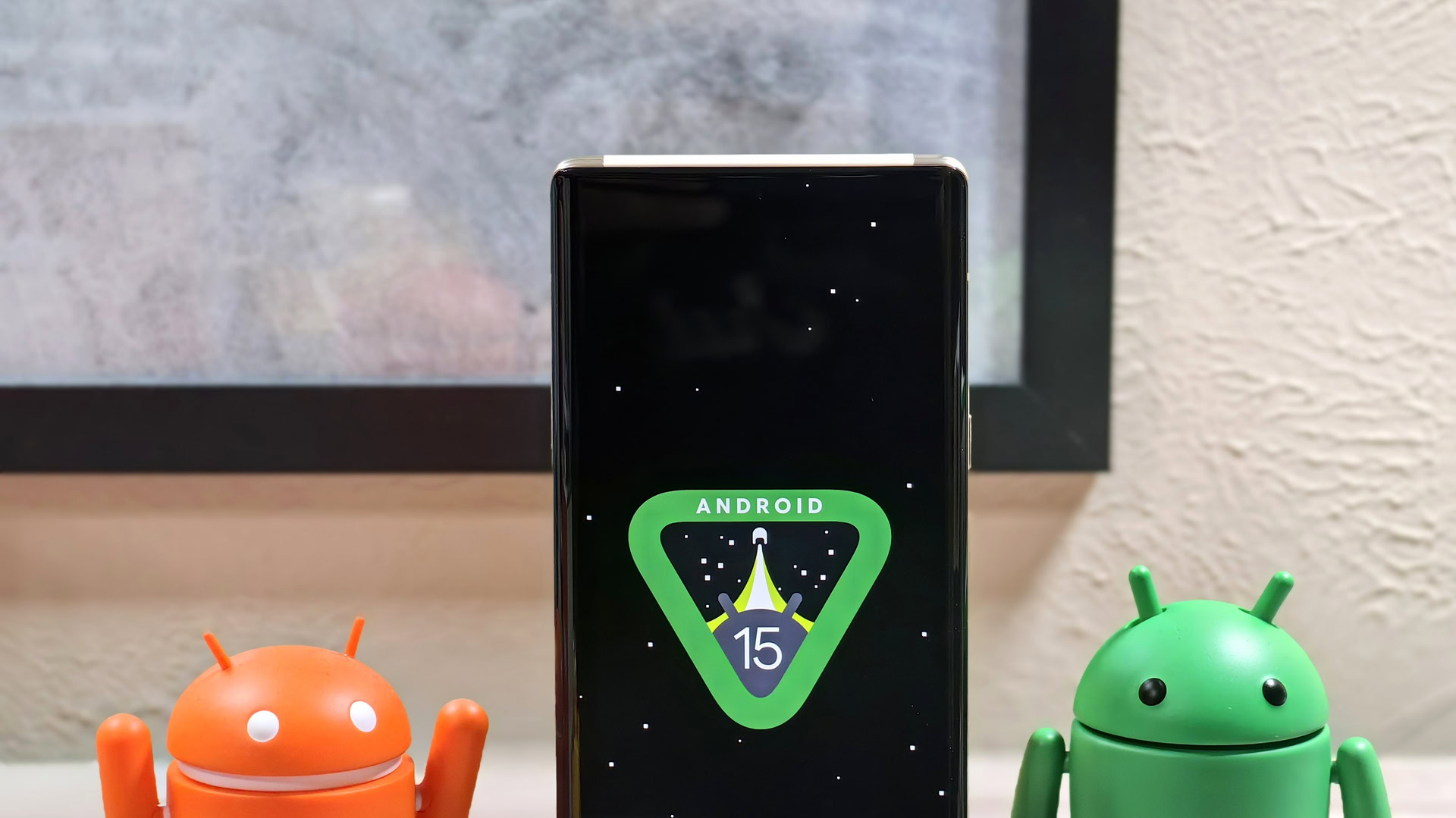Rita El Khoury / Android Authority
If there’s one thing you should know about me, it’s that I’m a clumsy person who should never be trusted to carry anything fragile. Despite my best efforts, I drop my phones fairly regularly, so that’s why I’ve been using TPU cases for as long as I can remember. TPU absorbs the shock of falls and bumps and has been my trusty sidekick on this tech writing and phone testing journey for over a decade.
But every time I see a foldable phone, there’s an evil little voice in my head that whispers, “You should carry this one without a case, Rita.” Every. Single. Time. But more so in recent times, as foldable phones have become so thin, so solid, and so much like regular smartphones. Gone are the days of thick bricks that can kill a man; a modern foldable like the Pixel 9 Pro Fold is barely thicker than a Pixel 9 Pro XL and perfectly sized for everyday carry and use.
Rita El Khoury / Android Authority
The problem with foldables, though, is that their cases are ugly, thick, and inefficient. By design, they’re also twice as thick because you need two parts to cover the two halves of the phone — one for the front and one for the back. And it’s specifically the rim around the outer display that annoys me the most. It has to be thick enough to hold still around the display, but that’s what makes it inconvenient to use daily: I just dislike the sensation of swiping across the screen and hitting a rigid wall on each side.
A foldable phone's case is, by design, nearly twice as thick as a regular phone's case.
The end result is that a sleek and thin foldable phone, which looks like a marvel of technology and is a result of years of research and prototyping, ends up looking like a chunky, unrefined brick when put inside a case.
Rita El Khoury / Android Authority
And that’s the case (pun intended) with the Pixel 9 Pro Fold. Google really built a solid, premium, elegant, and amazing phone. To me, hiding that in a case feels like a disservice to the product designers and engineers who worked tirelessly to achieve this final look. Not to mention how much thicker and unwieldy it’ll become with a case, essentially undermining the one aspect that makes this foldable comfortable and usable every day.
The Pixel 9 Pro Fold is solid and refined. Hiding that engineering feat in a plastic case feels like sacrilege.
The temptation to use this phone case-less is too strong. And then I remember a) my clumsiness and b) that this is a phone with a rotating hinge and a flexible display, not a solid and immovable piece of metal. So common sense wins, and I end up slipping the two-parter official case around the Pixel 9 Pro Fold and sighing as its gorgeous design disappears behind hard plastic.
To be fair, though, the official Google case may be one of the best foldable cases I’ve seen so far. It’s not too thick, not too wide, and it doesn’t dilute the phone’s style to a point of no return. There’s still a distinct Google-y vibe about it, and it’s fantastic proof of Google’s effort to design cases along with the phones to make them match and fit as if they were — quite literally — made for each other. The front display cover is still my least favorite part, while the hard plastic material doesn’t inspire me much confidence against accidental drops, but I’d still rather use this case than a cheaper TPU one that would steal all of the Pixel 9 Pro Fold’s charm away.
Rita El Khoury / Android Authority
But when I’m sitting at my desk, over the safety of my soft leather desk mat, you’ll bet that I’ll slip the case away and use the Pixel 9 Pro Fold “naked” as its designers intended. It’s just too nice to remain hidden away all the time.








 English (US) ·
English (US) ·